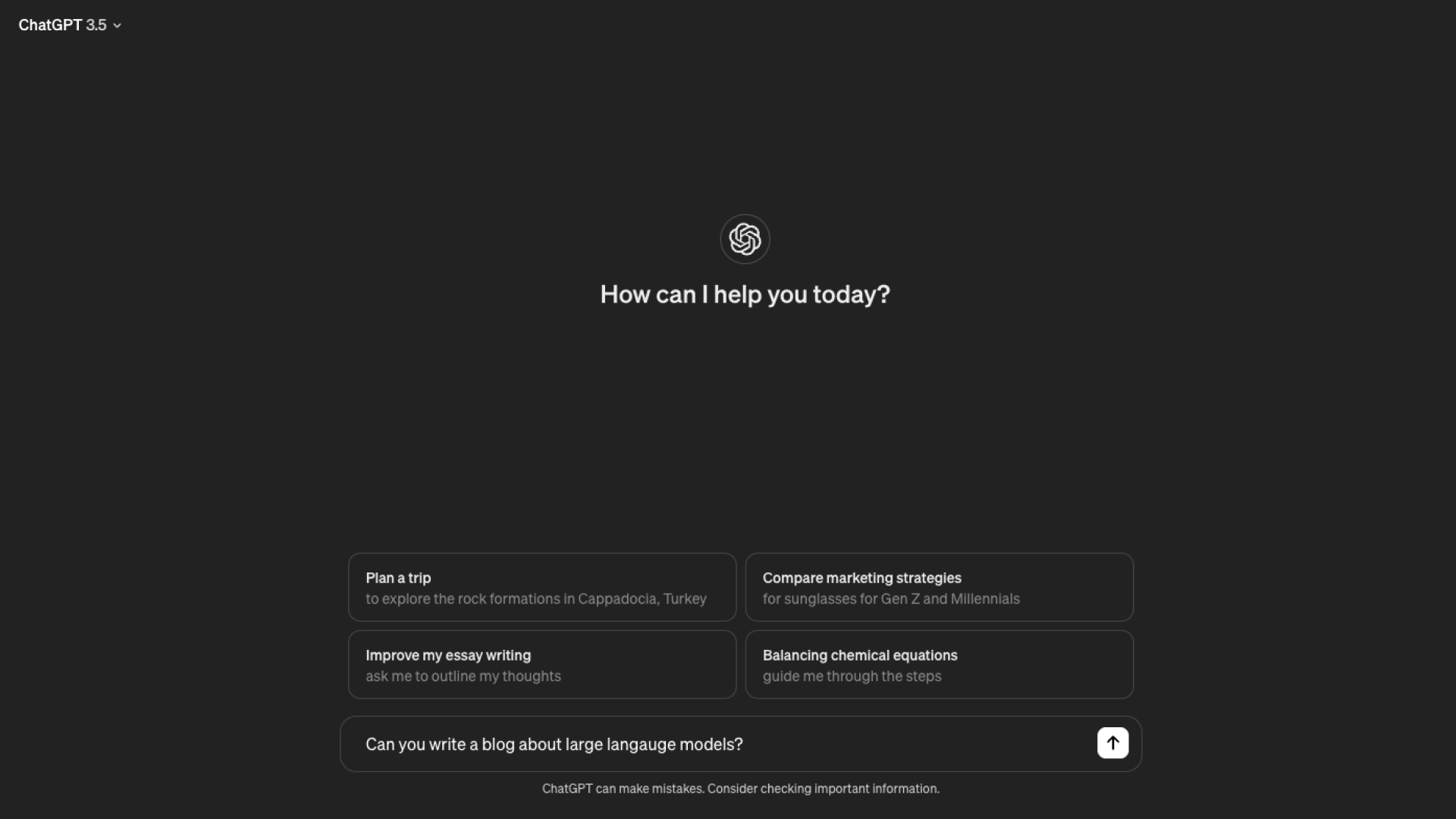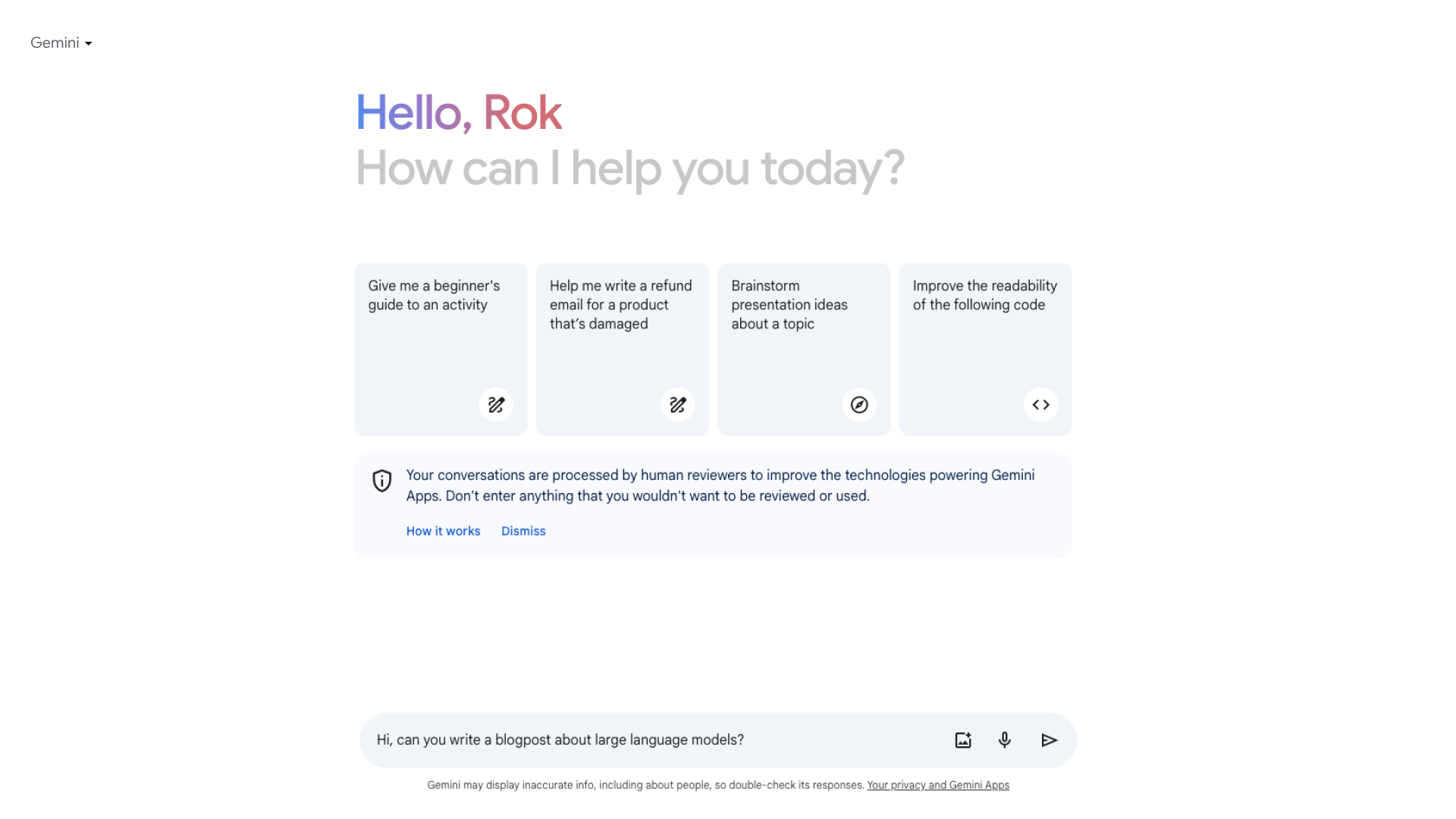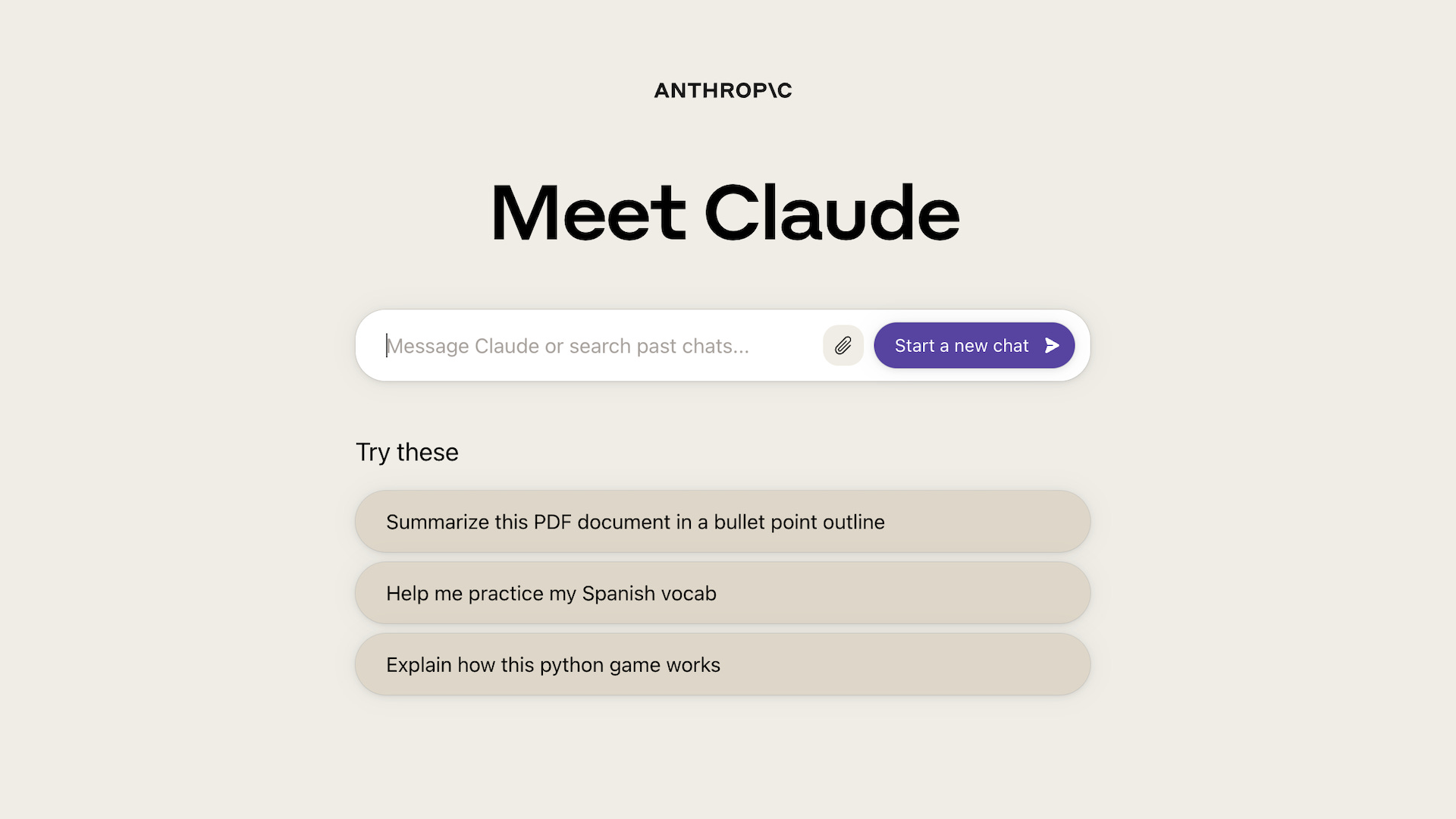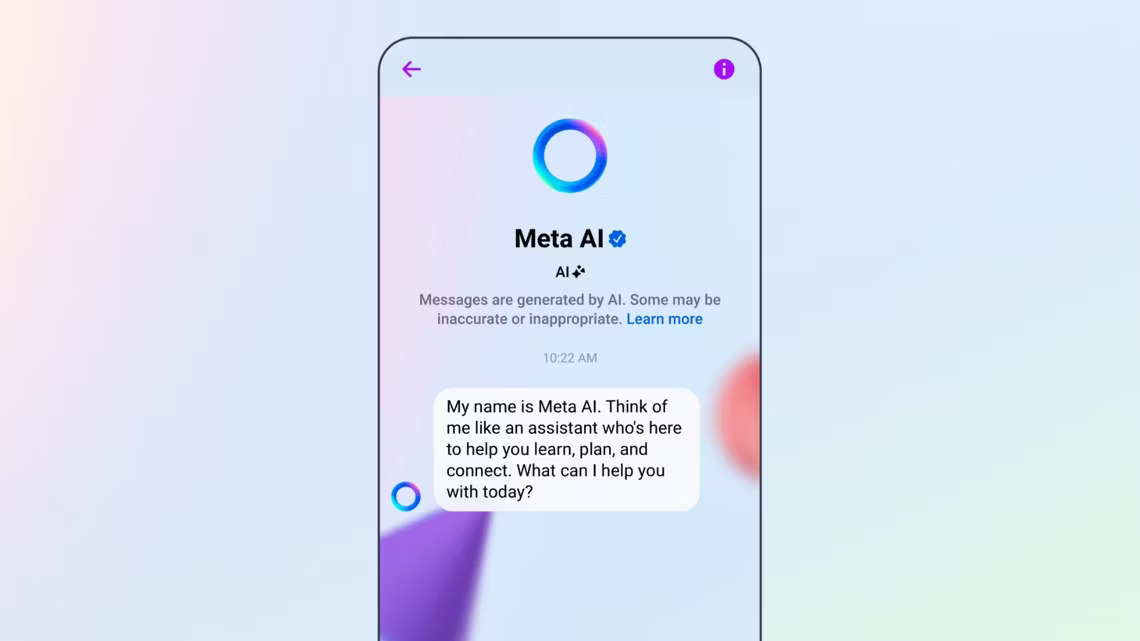The Maze of Large Language Models - How to Choose the Right One (Part 1)
Large language models act as large-scale automatic inference systems that learn a language by analysing its statistical properties. These models are not based on a solid fact base, but on the ability to generate plausible-sounding statements, which means that they can represent false information as true. AI development constantly evolves, which includes the renaming of these models. To help you decide, here are the key benefits of different models that conversational solution developers are integrating into their products. In particular, we want to introduce models that can be used as alternatives to ChatGPT, which we are also testing at 2Mobile for the development of conversational solutions.
The GPT model is the pioneer that powers ChatGPT
ChatGPT is a renowned name in the field of AI-powered conversational bots and has emerges as one of the leading solutions globally. It is considered a pioneer among conversational bots and runs on the GPT (Generative Pre-trained Transformer) architecture. This generative AI model from OpenAI is trained using vast volumes of textual data, making it easier to learn complex aspects of human language. It has the ability to understand and generate natural language, which can improve customer interaction. However, its utility is challenged by issues such as potential biases and limitations to the data on which he has been trained.
The free version of ChatGPT uses the GPT-3.5 architecture and is limited to data generated until early 2022. On the other hand, the subscription-based ChatGPT Plus conversational bot runs on the more advanced GPT-4 architecture, with GPT-5 already under development. The latter is trained on data created before April 2023 and provides better capabilities such as faster response times and compatibility with internet plug-ins. GPT-4 is expected to have 1 trillion parameters while GPT-3.5 has 175 billion parameters. More parameters means that the model is trained on more data, making it more likely to answer questions accurately and less prone to hallucinations. In addition, the GPT-4 can access the internet.
Regardless of the version, ChatGPT responds well to a wide range of questions and tailors its answers to the nuances of each query. Its GPT-based training allows it to understand the subtleties of questions, even when presented in simple human language. Autoregression is a key benefit when it comes to chatbots, as ChatGPT retains the memory of previous prompts during longer sessions and adapts to the user's actions. The future of ChatGPT promises more than just accurate text and image generation, but also video generation using the OpenAI tool and the new Sora model.

Gemini - Google's multimodal wonder
Gemini demonstrates the potential of AI to go beyond text and deliver results in image, video and audio. Designed to integrate with the Google ecosystem (the conversational bot that powers it was once called Bard), it gives users access to a diverse range of features such as search and image and video processing. The advantage of the Gemini model lies in its ability to support multi-modal inputs, allowing businesses to interact more naturally with customers across various channels. However, its integration with Google's wide range of services raises privacy and data protection challenges. Although promising, Gemini treads a fine line between innovative integration and privacy concerns.

Claude - a niche model from Anthropic
Claude, an LLM model developed by Anthropic (a company heavily invested in by Amazon), is characterised by its ability to understand and generate human-like responses, prioritising safety and ethics. Its important advantage is that it allows for more accurate and contextually tailored responses, but on the other hand it faces the challenge of limited availability of real-time data. The Claude family of models includes three state-of-the-art models, ranked in ascending order of performance: Claude 3 Haiku, Claude 3 Sonnet and Claude 3 Opus. Each successive model offers superior performance, allowing users to choose the best balance of intelligence, speed and cost for their specific application.

Llama - Meta's open-source solution
The Llama LLM model (current version Llama 3), developed by Meta, is known for its openness and accessibility, allowing companies to customise and integrate it into their own systems. Its strengths lie in its flexibility and capacity to handle diverse language tasks. However, its open-source nature may present security challenges, as it requires additional security measures when integrating. Businesses can use Llama to develop customised AI solutions that improve the automation and efficiency of communication processes.

Large models and AI are like any other powerful but freely available technology - they demand the awareness of the risks and ethical considerations and need to be used responsibly. The list of applications and opportunities is certainly endless and will only grow as time goes on. This means that this list has a limited shelf life, as things are changing exponentially fast in the field of AI. In the second part of this article, I will share a couple of lesser-known LLM tools that merit increasing attention.

